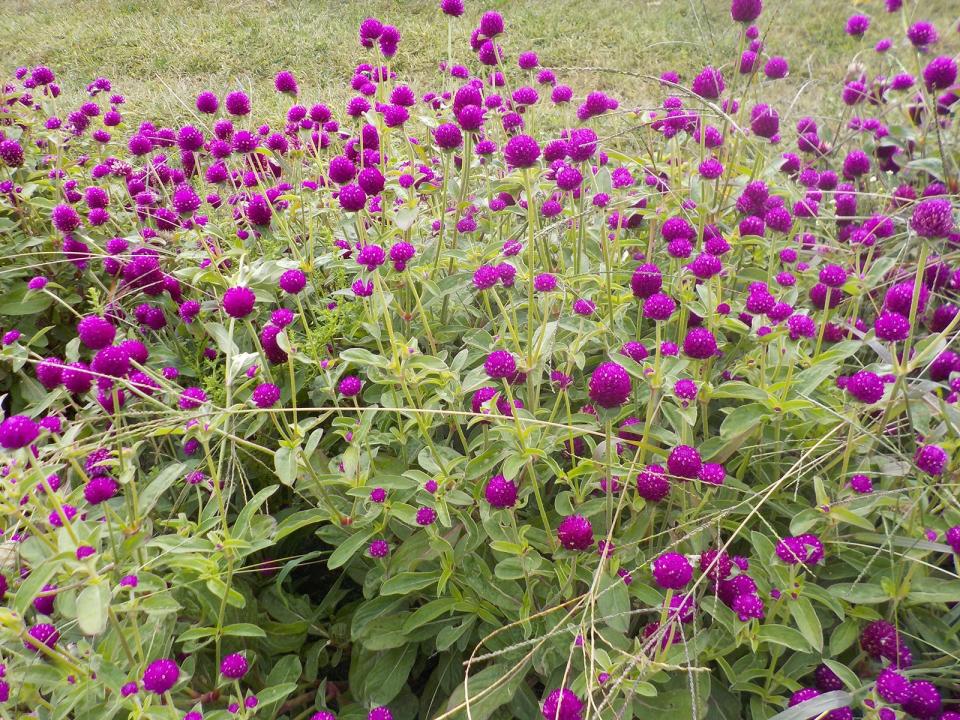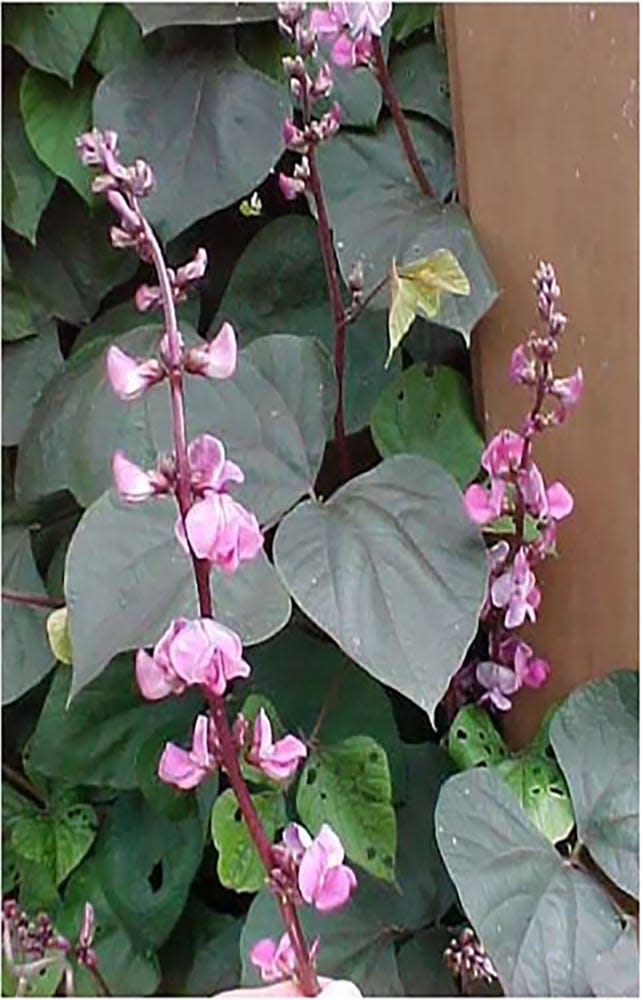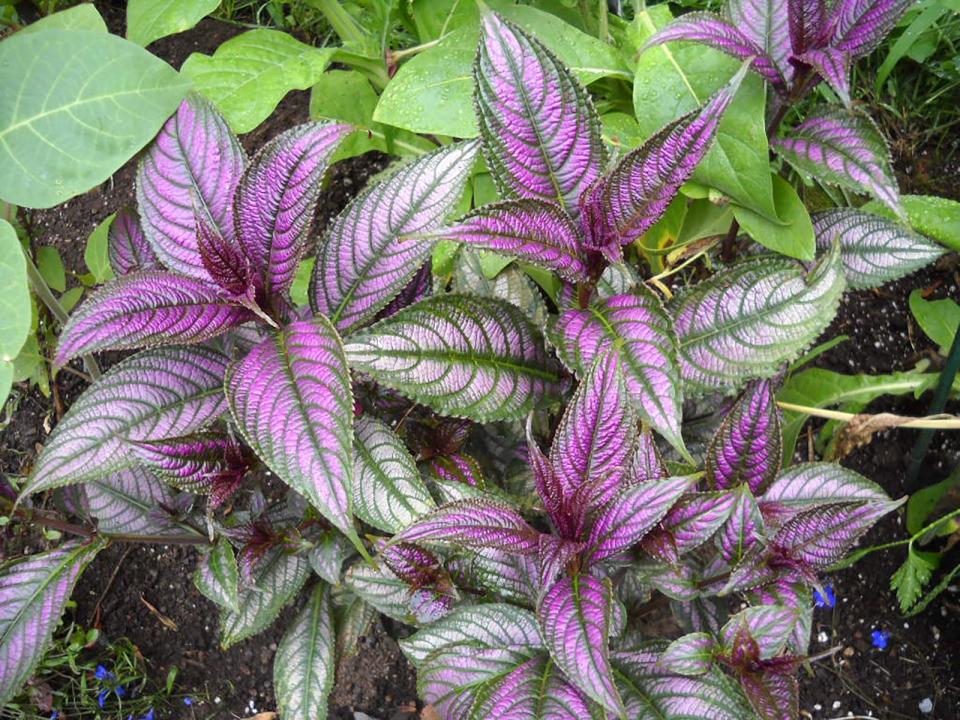Henry Homeyer: Best picks for annuals that will bloom all summer
Reclining in an easy chair on a recent cold and snowy day, I imagined myself a bumblebee. I meandered from flower to flower, taking in the colors and scents and textures of annual flowers, starting with A (alyssum) and ending with Z (zinnias).
I wasn’t a good or careful bumblebee who only visited flowers of one kind: I was a bumblebee tourist, seeing everything my mind could imagine — and all were in bloom at once. Then, returning to reality, I got out of my catalogs and started searching for new flowers to try.
Annual flowers are wonderful. Perennials are great, too, but most make a relatively short appearance — rarely more than three weeks. Annuals are born to flower: many start early and keep on blooming all summer if you keep cutting them. They need to make plenty of seeds, or their genetic lineage can literally die out and disappear at the end of the season.
I like starting annuals by seed in six-packs indoors, even when it’s warm enough that I could plant them directly in the ground. Flowers can easily get lost or misidentified as weeds when planted directly in the soil, especially things I haven’t tried before — or if I just want a few.
Henry Homeyer:How to build a simple plant stand for starting seeds indoors
A few annuals to consider, from zinnias to cosmos
I love zinnias. They come in such a profusion of colors and range in size from diminutive to giant. I love the lime-green flowers such as Envy and Benary’s Giant Lime because they look so great mixed in with other flowers — in a vase, or in a flowerbed. Zinnias come as singles, such as the Profusion series, which are short (12 inches), and doubles such as Sunbow (24 to 30 inches) and Oklahoma (30 to 40 inches). I save seed from non-hybrids and plant them directly in the soil in large numbers. The more you cut these flowers, the more they branch and rebloom.
Most annual flowers are easy to grow from seed, but not all. One of my favorites, Lisianthus, takes 17 days to germinate if kept at 72 degrees — longer if cooler. Even after it starts to grow, its seedlings do not grow fast for several weeks. It’s not a flower for impatient gardeners.

Cosmos varieties have been bred and hybridized in recent years. Looking at the John Scheepers Garden Seeds website I see 23 kinds of cosmos, including one I must try: “Double Click Cranberries Cosmos.” It's deep wine-colored and double-petaled, like an old-fashioned rose.
An annual that's good as a cut flower — or as a dry flower — and spectacular in the garden goes by the unlikely name gomphrena. I plan to plant at least a dozen of these this year — maybe more.
Henry Homeyer:Which cut flowers last the longest? Tips for making your bouquet last
Another option: Vines that bloom

Vines are good, too. I love purple hyacinth bean, with its purplish leaves and pink-purple flowers. They are slow to start, so I’ll start some indoors in March.
Nasturtiums are vines that don’t climb. They sprawl. Plant these large seeds in full sun after the danger of frost has passed, perhaps in a bed of daffodils. The daffies need sunshine to recharge their bulbs until the foliage dies away, and the nasturtiums will fill in and hide the dying foliage. Nasturtiums like lean soil, so don’t add fertilizer.
Leaves can be just as pretty as flowers
I grow some of my favorite annuals not for their flowers, but for their leaves. These beauties are always in bloom — which is to say, their leaves are a treat to look at. I love their bright colors and shiny surfaces.
Perilla: This is a terrific purple-leafed plant that self-sows exuberantly. Pinch off the flowers (which are not at all showy) if you don’t want it to spread next year. Their height is about 18 inches. The "Magellanica" cultivar is taller and has foliage in shades of hot pink, deep plum and vibrant green.
Henry Homeyer: What are the benefits of organic vs. chemical soil treatment?

Persian Shield (Strobilanthes dyerianus): This plant just shimmers with silver overtones on dark purple and pink leaves. It loves hot weather, and it gets big: One plant can spread to more than a 3-foot circle and stand 3 to 4 feet tall.
Licorice Plant (Helichrysum petiolare): I buy some of this every summer because I love the silvery leaves. It mixes so well with bright-colored flowers in planters, and it takes abuse. It rarely complains if I let it dry out in a pot. It flows over the edge of pots and weaves it way through other plants. It’s also exceptional in flower arrangements. There are also chartreuse and variegated lemon-lime varieties.
So even though annuals are disposable plants — they die when the frost comes — I have to have them. I grow them in the vegetable garden and in pots to fill in drab corners of the flower garden after perennials have finished blooming. If you want, all those mentioned above should be available as plants in six-packs at your local nursery, come spring. Most are great cut flowers — and the bumblebees love them, too.

Henry Homeyer's blog appears twice a week at gardening-guy.com. Write to him at P.O. Box 364, Cornish Flat, N.H. 03746. Please include a self-addressed, stamped envelope if you wish a mailed response. Or email henry.homeyer@comcast.net.
This article originally appeared on The Providence Journal: Colorful, hardy annuals will grace your garden all summer long

